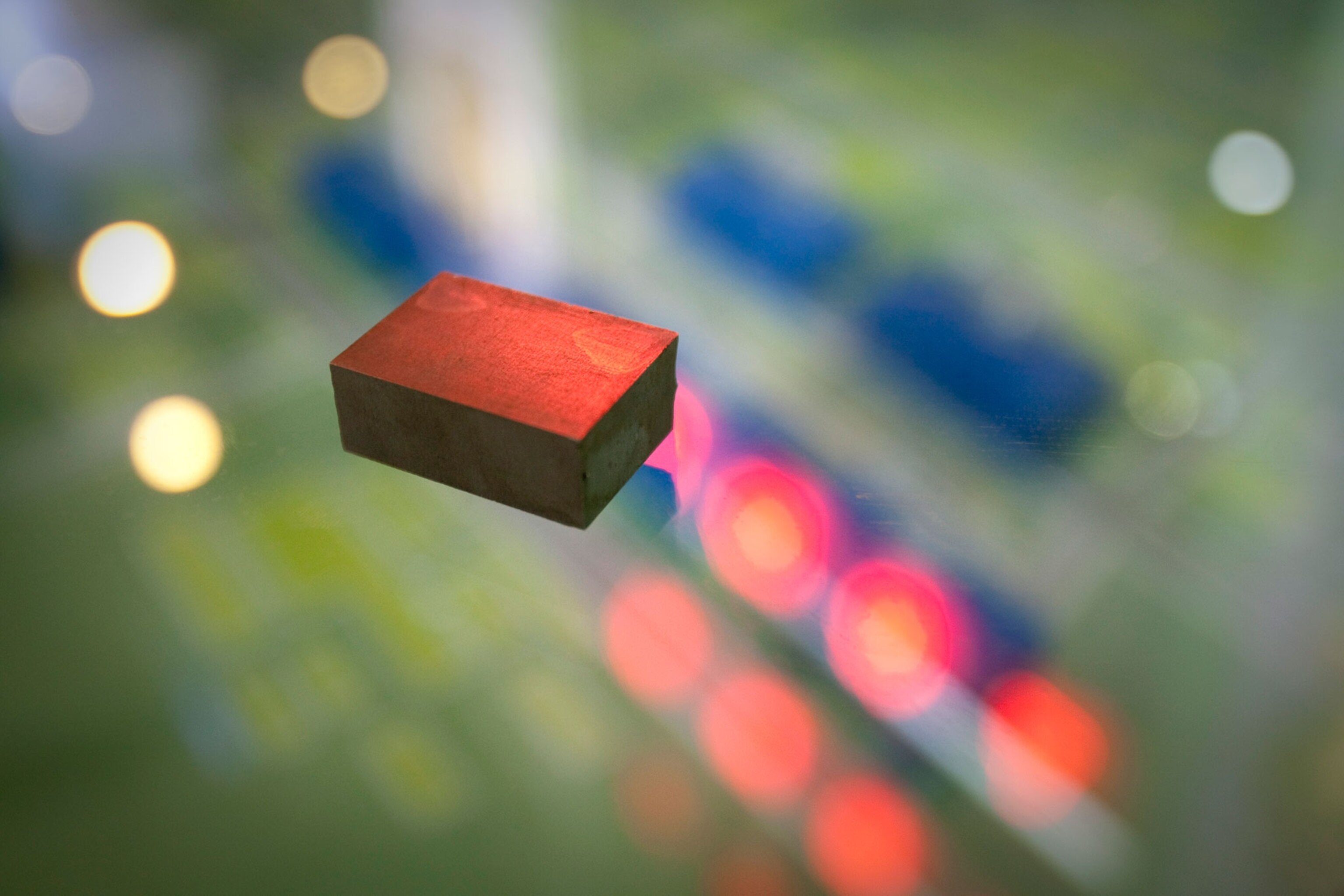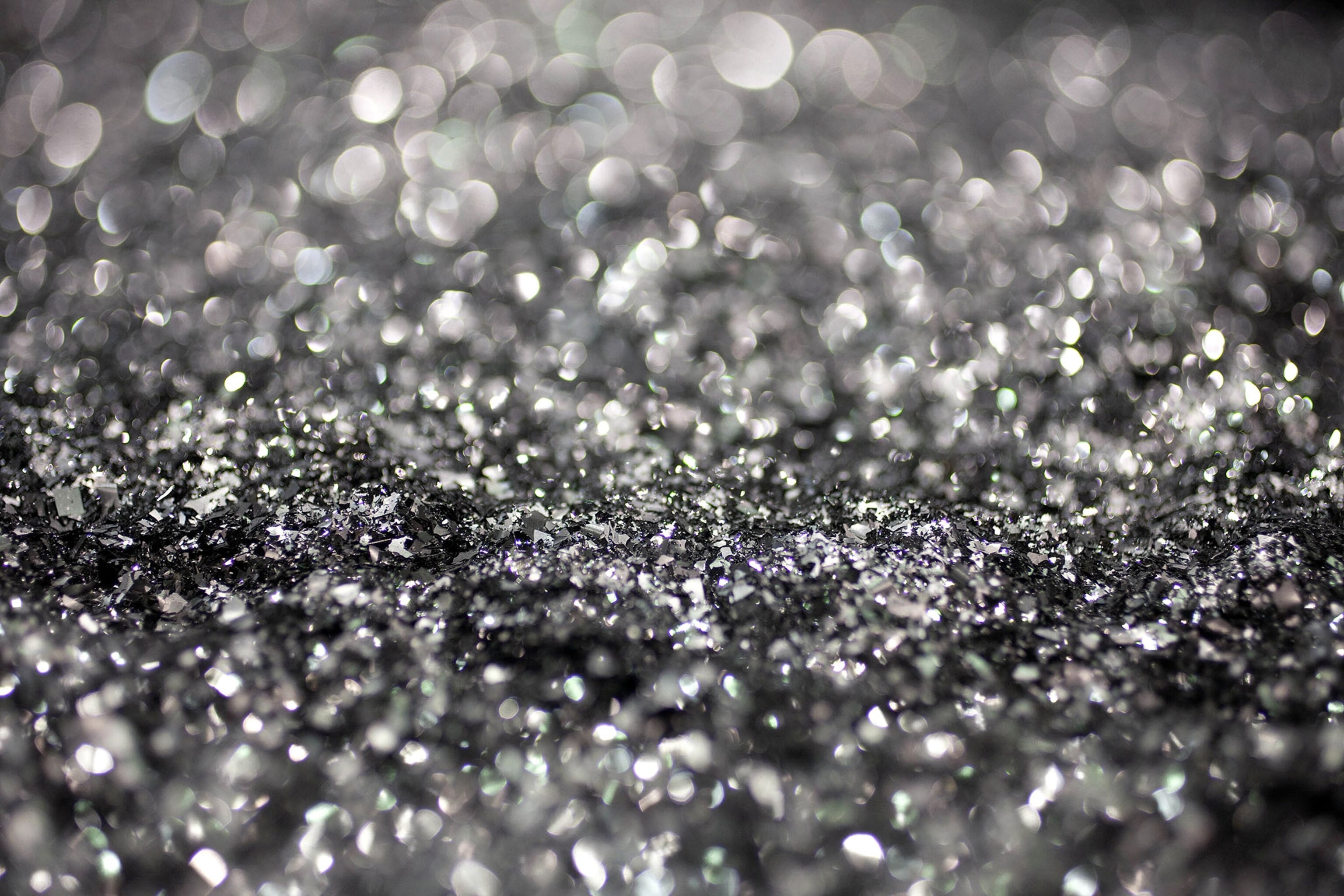
How Acid—and Bacteria—Could Make Recycling Your Phone Greener
Rare earth metals make technology work, from cell phones to wind turbines, but they are in short supply.
“When a car gets shredded that is a substantial acoustic phenomenon,” says Marion Emmert, professor of chemistry and biochemistry at Worcester Polytechnic Institute in Massachusetts.
Emmert began researching automobile recycling five years ago as a member of the school's Center for Research, Recovery and Recycling (CR3). More specifically, she tears electric car engines to pieces using a laboratory version of the industrial shredder that elicits her awe—it doesn’t emit quite the audio spectacle, but it rattles with enough force that it’s kept on the floor for safety.
Emmert prospects for precious metals contained in the engine grinds. The metals are necessary for every aspect of our tech-centered lives and they are in tenuous supply. (Read a National Geographic magazine feature on these metals.)
China furnishes 97 percent of the world’s supply of these precious metals known as rare earth elements. In 2010 they cut exports of the metals and prices sky-rocketed. Since then researchers have raced to secure a sustainable rare earth source. An obvious starting place is recycling from the piles of tossed mobile devices and green energy technology resting in junk yards and landfills.
“You never burn out the rare earths, its not like they go bad after ten uses,” says Eric Schelter, associate professor of chemistry at the University of Pennsylvania. “They are just elements, so we need to figure out smarter ways to reuse them.”
The Power, and Challenge, of Rare Earths
Rare earths are a collection of about 16 elements that possess unique properties necessary for everything from light bulbs to smart phones, weapons systems to alternative energy. The metals are mixed together in different ratios depending on their application. Yttrium and neodymium are alloyed to make the magnets in turbines for windmills. Neodymium, dysprosium, and praseodymium are used in combination to create the components of an electric engine. The screen of your smart phone glows with color and responds to touch because it’s embedded with europium and terbium.
Large deposits of rare earths are, well, rare—hence the name—but the elements are present everywhere in low concentrations. China is able to control a monopoly on the metals in part because they do not impose as strict environmental standards for mining as other countries.
Separating rare earths within ore material takes large volumes of corrosive acids. The process also concentrates naturally occurring radioactive compounds in the earth’s crust. The disposal of mining run-off and radioactive waste make collecting rare earth ores economically challenging outside China. The only company to attempt environmentally friendly mining in the U.S. went bankrupt within two years.
According to the U.S. Geologic Survey, the U.S. imports several thousand tons of rare earths a year. Researchers are finding unique ways to limit our dependance on China’s exports by recovering the elements that have already been manufactured into various forms of technology.
To retrieve rare earths from electric engines Emmert employed procedures engine manufacturers typically avoid, like excessive heating or exposure to acid. She formulated a simple, efficient process with minimum cost and waste. She says electric engine manufacturers are now getting interested in seeing the process scaled to the industrial level.
A Biological Solution?
William Bonificio was inspired to apply biology’s scientific advances to more traditional industries like mining and recycling while a PhD candidate in the lab of David Clarke at Harvard University.
“The idea was to see if we could use bacteria to recycle metals that are scarce or crucial for future energy technologies,” says Bonificio.
The surfaces of bacteria are covered with a variety of molecules with different structures and negative charges that attract the rare earths’ positive charge when in solution. Bonificio adjusts the solution’s pH to selectively detach rare earths from the bacteria and then wash them out of solution.

The bacteria does a good job of separating clusters of rare earths, but Bonificio admits that isolating a pure element is difficult. Emmert too is recycling a mixture.
The real trick to rare earth recycling is to separate every element combined for a given application and purify them back to starting material.
Schelter’s group at Penn explores fundamental chemical methods for separating each rare earth element out of a mixture to achieve the equivalent of pure product mined and purchased wholesale from China.
Last year one of Schelter's postdocs synthesized a three-armed molecule, called a tripodal ligand. When introduced to a solution of mixed rare earth ions the ligand selectively accommodates one of them in the space created between its arms. Once the rare earth is snagged it can be isolated and purified. Since its discovery, Schelter has worked to improve the ligand’s function and understand more about the science of separating rare earths for future industrial applications.
But according to a company called Rare Earth Salts, that future is already here. Founder and CEO Joseph Brewer claims to have discovered a new basic chemical function of rare earths and has rolled that discovery into a recycling plant that he says can undercut rare earth imports by $2 per kilogram.
Rare Earth Salts built a commercial demonstration plant in Nebraska that will be producing five high purity rare earths from compact fluorescent bulbs by the end of the year. They hope to be producing 18 tons a month by the first part of next year with a final production goal of 36 tons a month.
Brewer says the company is proceeding with caution. They don’t want to share the fate of rare earth recycling companies like Solvay that just announced it would close its recycling facility by the end of the year due to lack of profitability.
“There has been a lot of separation technologies that have tried to start-up over the past five years and a lot of heart break in the sense of the difficulty in getting functional processes going,” says Brewer.
Is there a future where recycling could entail putting an entire device through a grinder and recovering all the rare earths in its different components? Emmert says, “Yeah, in an ideal world that is how it would be. We are definitely doing our best to get there.”








